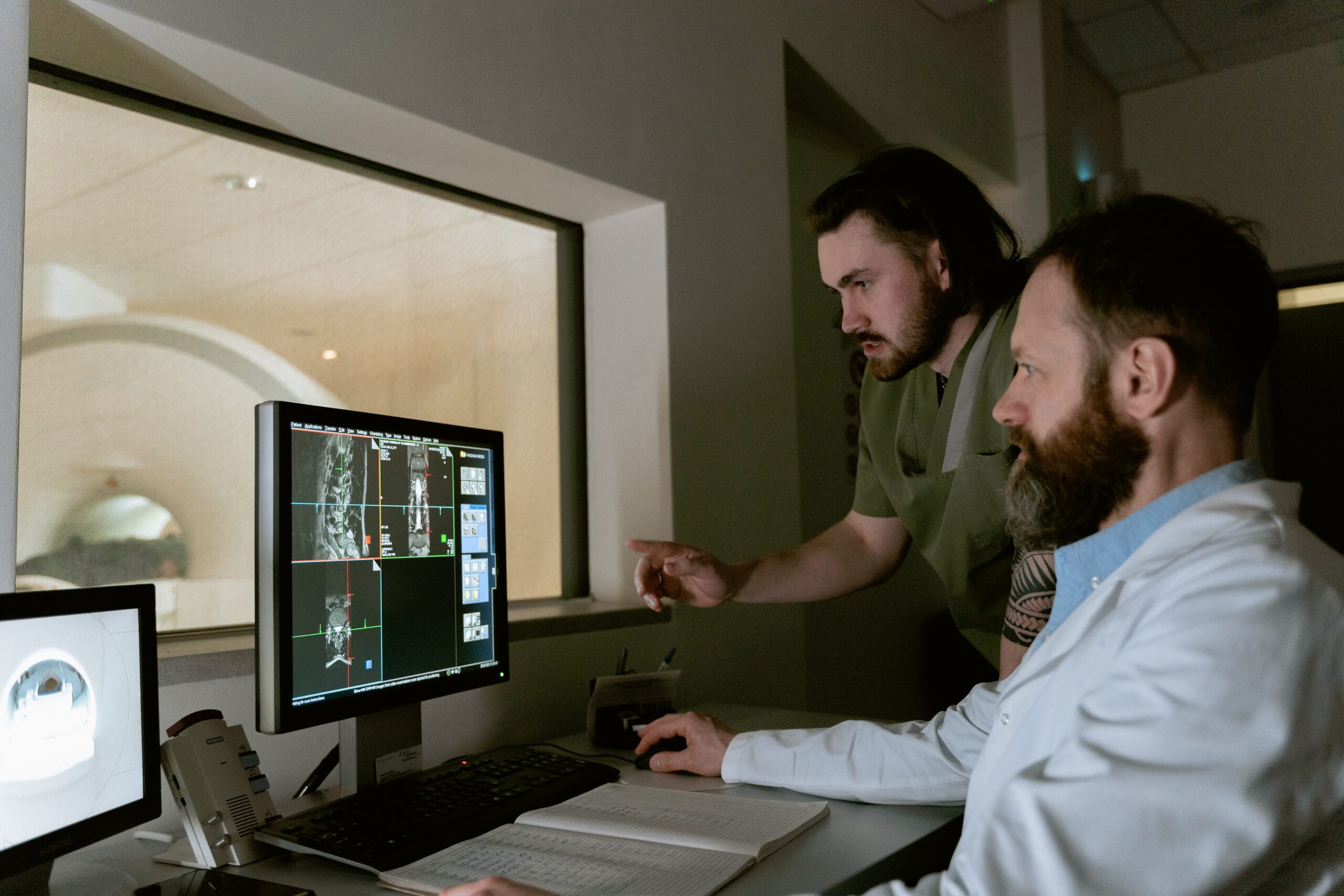
There’s no need to cite statistics on physician burnout; we all know it’s a problem. There’s no debate that physicians are faced with increased administrative burdens, changing regulations, and dwindling reimbursement. When we look at possible solutions, we have to consider technology and how it can support us. Some will ask, “But isn’t technology the source of many of the physician burnout complaints?” It can be, however if technology is applied in the best interest of the purchaser (i.e., the provider); it can instead be a valuable asset.
Having a basic fund of technology knowledge will allow physicians to make informed decisions and effectively communicate their needs with their staff and with Health IT representatives. Unfortunately, most medical schools don’t prepare physicians for technology conversations.
So, let’s change the narrative from physicians being told what to do with Health IT by folks who do not walk in their shoes, to physicians operating as decision-makers in the use of technology. Doing so will put the physician in the driver’s seat while being coached on various technology options and methods to optimize the technology already in place to make it work best for their individual needs.
Below are a few technology terms that are regularly used in the context of utilizing Health Information Technology.
Common Technology Terms
- Bi-Directional Interface – Two independent systems sharing information back and forth to one another
- Clearinghouse – Software platform that typically interfaces with billing/Practice Management software for the purposes of claim submission, denials management, and insurance eligibility
- Data Migration – Transferring or moving data from one software to another
- Device Configuration – Aligning of healthcare organizations equipment to include computers, laptops and printers with software technology for the successful use of software on devices
- Electronic Prescribing of Controlled Substances (EPCS) – Feature within EHR that allows for the ePrescribing of controlled substances through a registration process that eliminates the need for paper prescriptions; typically includes an additional cost above standard EHR license fee
- Electronic Health Record (EHR) – Software that maintains medical record information electronically
- Health Information Exchange (HIE) – Software platform that stores information online and allows patients access along with regional healthcare providers sharing of stored health-related data
- Health Information Technology for Economic and Clinical Health (HITECH Act) – Due to the increased use of EHR’s and the electronic sharing of PHI, the HITECH Act expands privacy and security under the HIPAA law and increases penalties for non-compliance
- HIPAA Security Risk Assessment – Mandated for medical organizations to assess the security and privacy of protected health information (PHI); Outcomes include a potential list of security vulnerabilities that should be addressed to secure PHI
- Interface – Independent systems interact; one system is sharing information with the primary system automatically and seamlessly
- Interoperability – Multi-disciplinary and multi-organizational sharing of health information for coordinated and cohesive care
- Patient Portal – Software that is typically included in an EHR that allows patients to access portions of their health record and communicate with healthcare providers and their staff
- Patient Security Access Groups – Used to limit access to health records of groups of individuals such as employees who are also patients, VIP, and family members of employees
- Practice Management Software (PM) – Software that is typically interfaced/communicating with an EHR for the purpose of managing and document practice operations such as registration, scheduling and billing
- Open Application Program Interface (API) – Allows for an App to interface/communicate with a proprietary software
- Structured Data – Important data points (I.e. name, DOB, Dx, CPT) that are programmed to be populate in a repository such as a report
- Test Environment – Used to practice on software features prior to using live patient data
Do you remember the purchase of your first home or rental of your first apartment? It was most likely filled with angst, excitement, and a feeling of accomplishment. After you moved in, did it ever occur to you to only live in a portion of your home? Probably not.
You wanted a return on your investment, so you were incentivized to use every square inch. We should think the same about our EHR/PM software purchase. Although the functionality and capabilities are vast, we want an ROI for healthcare technology purchases so we should be incentivized to optimize its use.
Return on Investment

Streamlined Workflows – Risk Mitigation – Improved Employee Experience – Additional Revenue Opportunities
- Customize software features to streamline workflows
- Set reminders to follow up on orders
- Use secured messaging and have access to electronic formularies to mitigate risk
- Map workflows to user needs to facilitate an improved patient, provider, and staff experience
- Establish access controls and authentication processes for increased security
- Leveraging note templates for things like care management programs
It’s Never Too Late to Customize
The typical entry point for customizing EHR/PM software technology is during the implementation and planning phase. Prior to going live and using the software there is the opportunity for customization and user training.
For those physicians who have already begun using an EHR/PM software, it’s never too late to establish a look back period after software implementation to identify necessary modifications. This is a good opportunity to analyze practice changes, survey user experience, identify features that are not being used, software retraining now that it is actually in use and address gaps that may not have been considered during the original software implementation. Physicians are encouraged to initiate and implement software course corrections after software implementation to avoid the continuation of broken workflows, processes or features that create additional administrative burden.
Taya Gordon, MBA, FACMPE, CMOM
LinkedIn: https://www.linkedin.com/in/tayagordon/
Twitter: https://twitter.com/tayamoheiser

